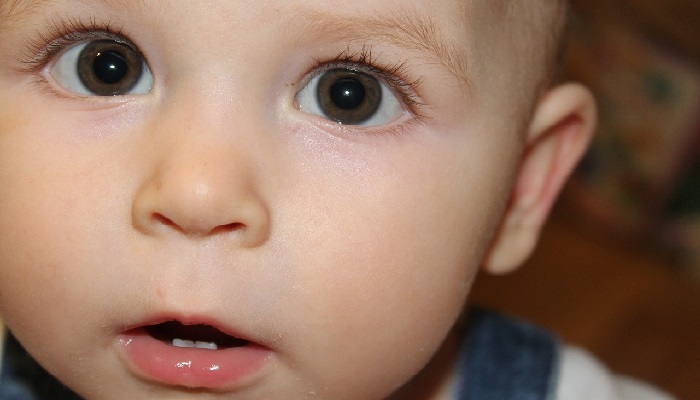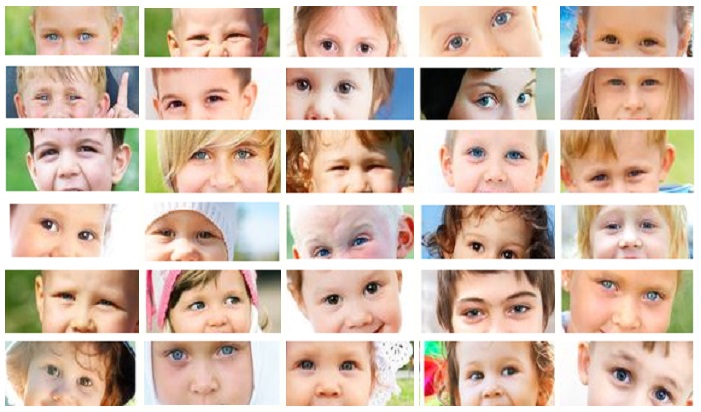Baby Eye Color:
Zietchick Research Institute explains what Gives Babies Their Eye Color and How Does it Change with Time?

The baby eye color is one of the first things that you will notice as a new parent as you look into your baby’s beautiful eyes. Of course, we, at Zietchick Research Institute, know that all babies’ eye colors are radiant, no matter what color their eyes are!
That said, the initial eye color of your newborn depends a lot upon your nationality. If you and your partner are of European descent, there is a good possibility that a baby's eye color will start out as blue. However, when the melanosomes which are the cells found within the iris of the human eyes begin to make melanin (eye pigment) and the baby’s eyes will begin to darken in color . This can happen anytime between the first and third year of life. When these pigment-producing cells (melanocytes) begin cranking out enough melanin, the eye color of your infants may darken to a (light-brown) hazel eye color or brown eye color. However, if the melanosomes do not begin producing pigment, then the baby eye color will remain blue.
However…if you or your partner are of African-American, Asian or Hispanic ancestry, it is more likely that the baby eye color will begin as brown and remain that way. In these nationalities, there is a higher likelihood that the melanin (pigment) is already being produced at birth (or much sooner after birth) Thus, it is much more likely for babies who are African-American, Asian or Hispanic to begin life with an eye color darker than blue.
How Eye Color Changes
Let’s talk a little bit more about why a baby eye color may look blue and other times the baby’s eye color may look brown (or any color in between).
Let’s begin with the definition of the iris. The iris is the thin, circular structure in the eye, responsible for controlling the size of the pupil (the black hole in the middle of the eye which lets light in). The iris gives the eye its color.. Human eye color of the iris is determined by the amount of pigment called melanin produced by melanocytes (pigment-producing cells) and then stored within the melanosomes (pigment-storage organells).The more melanin (pigment) in the iris, the darker the eyes will appear. Those with darker skin colors tend to have darker eye colors since similar pigment genes darken the skin and the eye.
Baby Eye Color Pigment
It is important to know
is that there is only one-colored pigment that darkens the eye—BROWN.
Then why are so many colors on the eye color spectrum? Human eye colors
range from gray to blue to green to hazel to brown to black. That is
because the eyes appear blue when there is no pigment at all! Eyes
appear blue for a similar reason to why the sky appears blue. Believe it
or not, there is no blue pigment in the eye as there are no blue
particles in the sky. The appearance of the baby blue eye color is due
the scattering of light (called the Tyndall effect) within the iris
stroma similar to the scattering of light in the sky (called the
Rayleigh effect) giving it its blue color. In other words, blue eye
color is due to structural coloration and not to pigment coloration.
Structural eye coloration is the appearance of an eye color due to the
scattering of visible light by the ultra-fine surface of the iris. When
the light scattering interacts with different degrees of pigment, it can
produce the appearance of different eye colors. In other words, a
combination of a lightly pigmented iris the with scattering of light by
the iris surface may give the appearance of a green or hazel eye color.
Home > Creating Eye Health Vitamins for Premature Infants > Baby Eye Color
